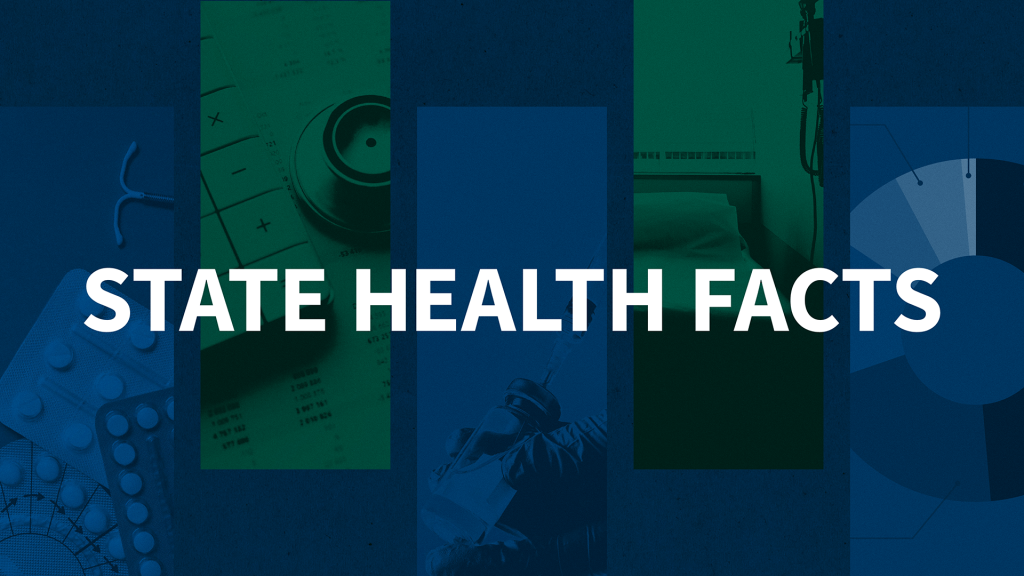The 16th Annual Kaiser 50-State Medicaid Budget Survey: Slowing Growth and Evolving Policies at a Forum with the National Association of Medicaid Directors
At 9:30 a.m. ET on Thursday, Oct. 13, the Kaiser Family Foundation’s Commission on Medicaid and the Uninsured (KCMU) released Kaiser's 16th annual 50-state Medicaid budget survey for state fiscal years 2016 and 2017.
